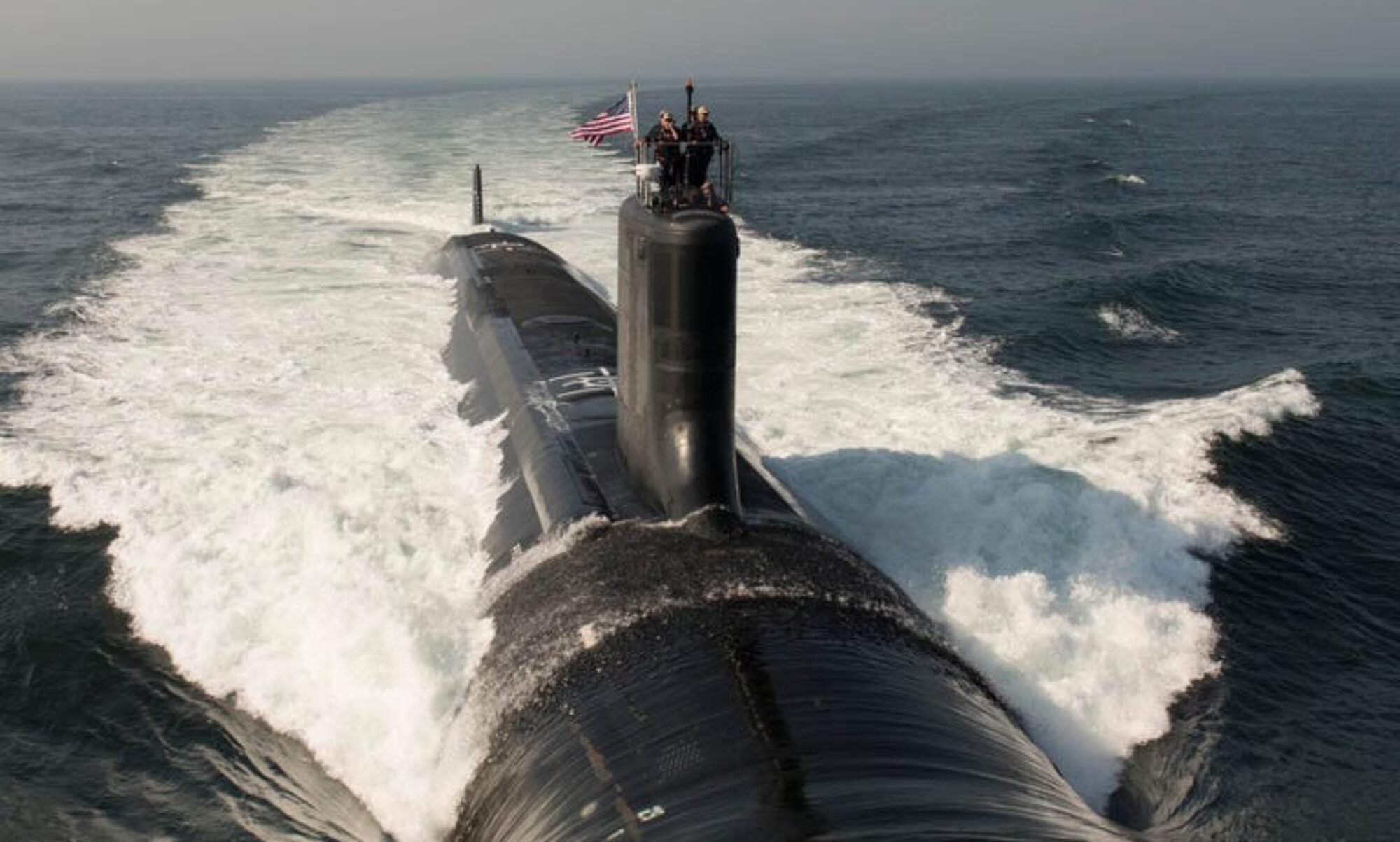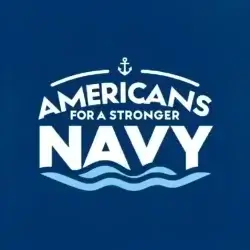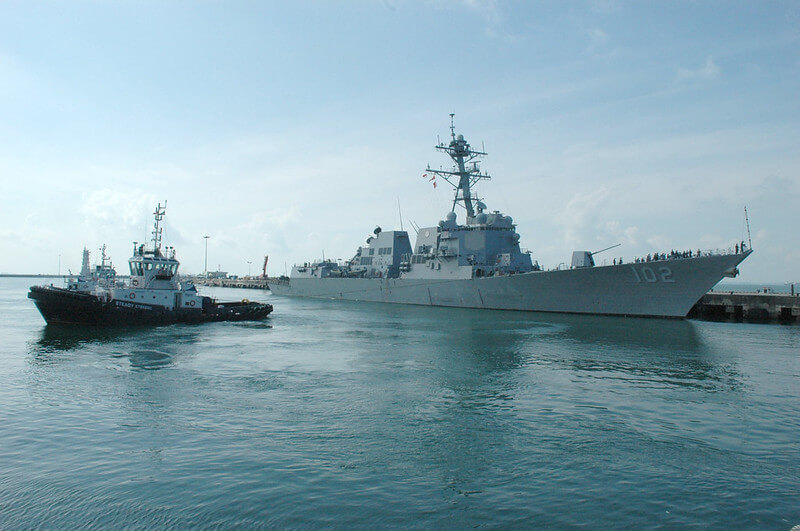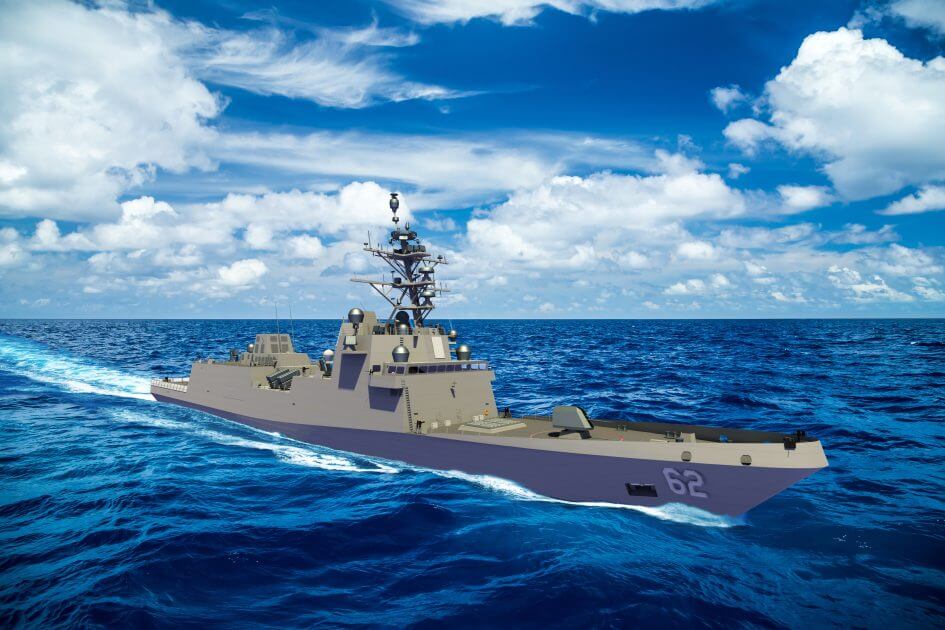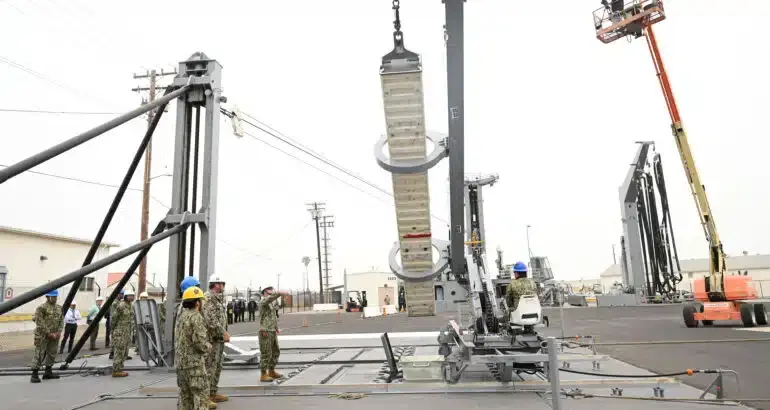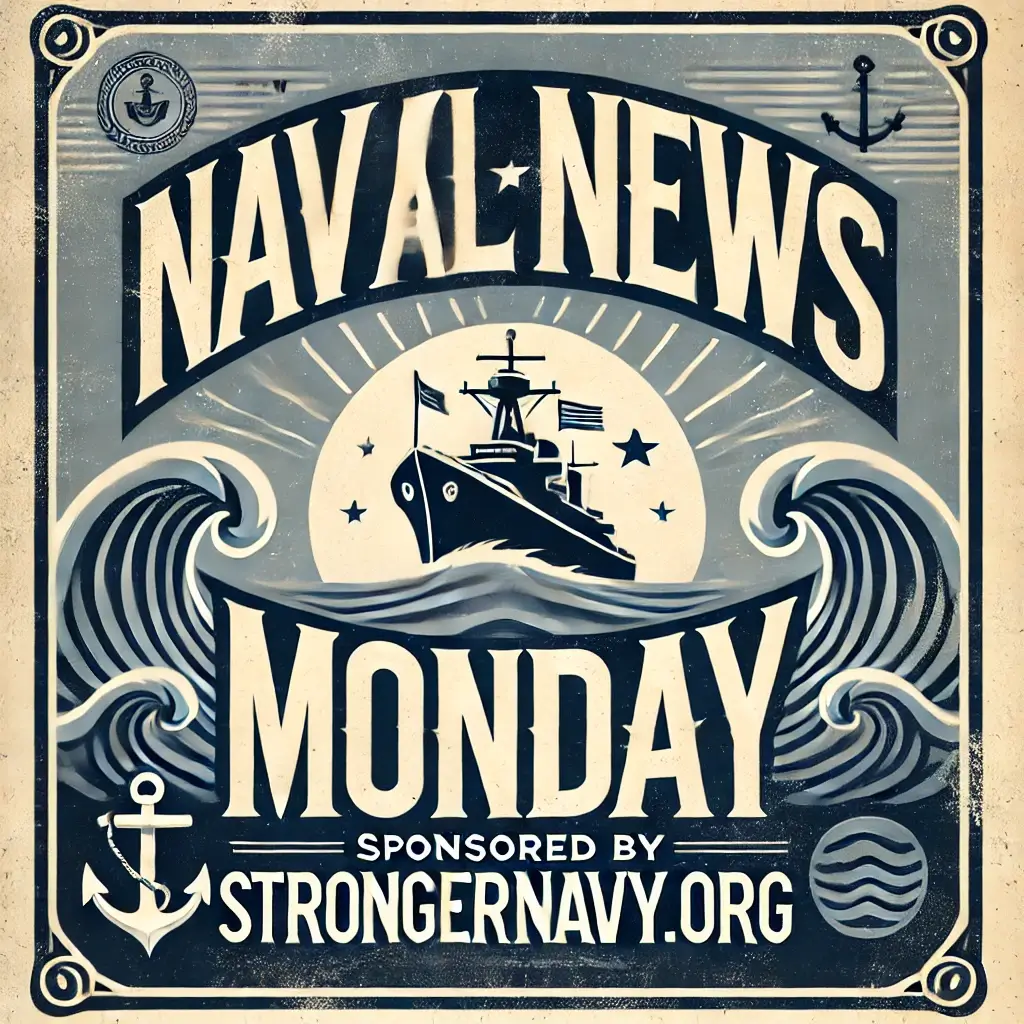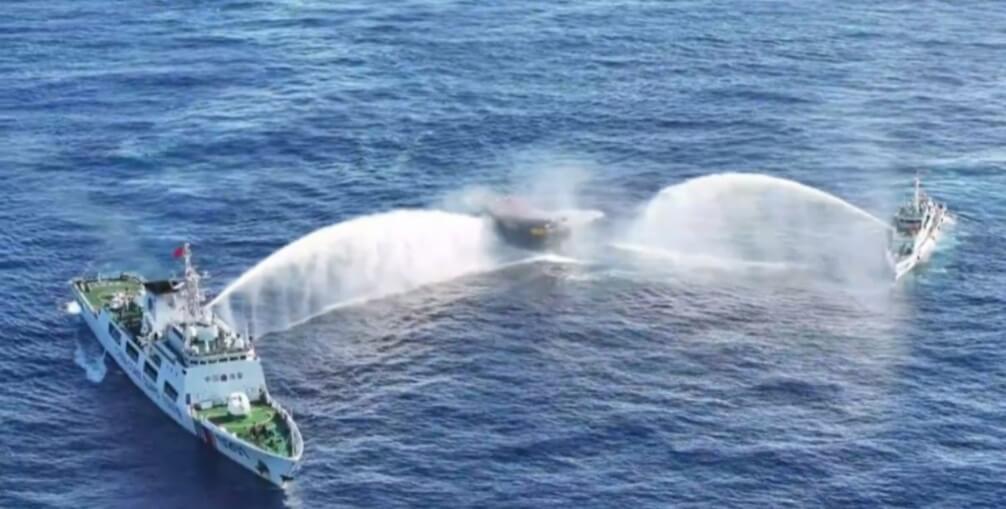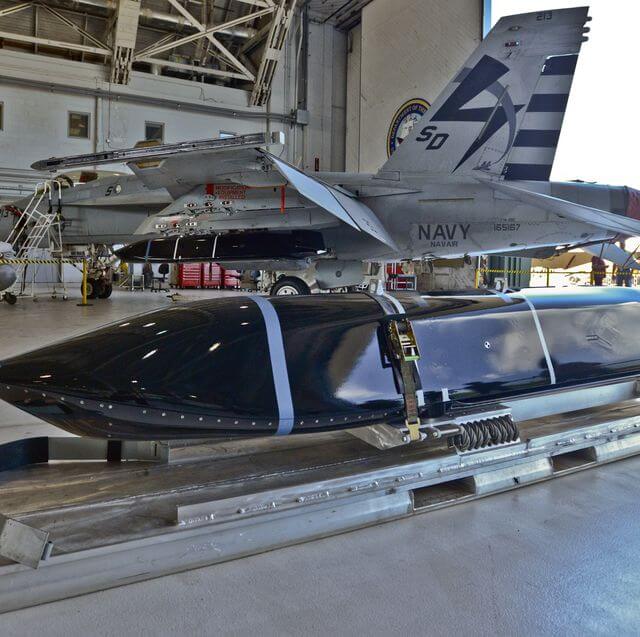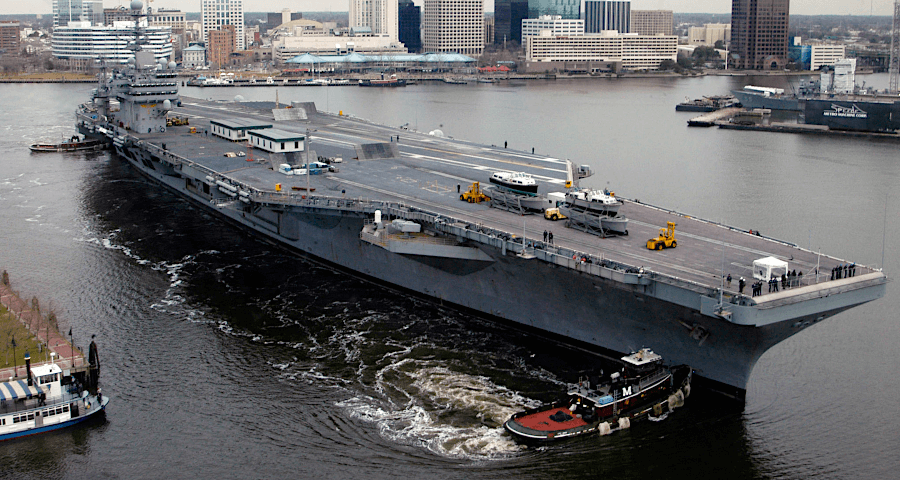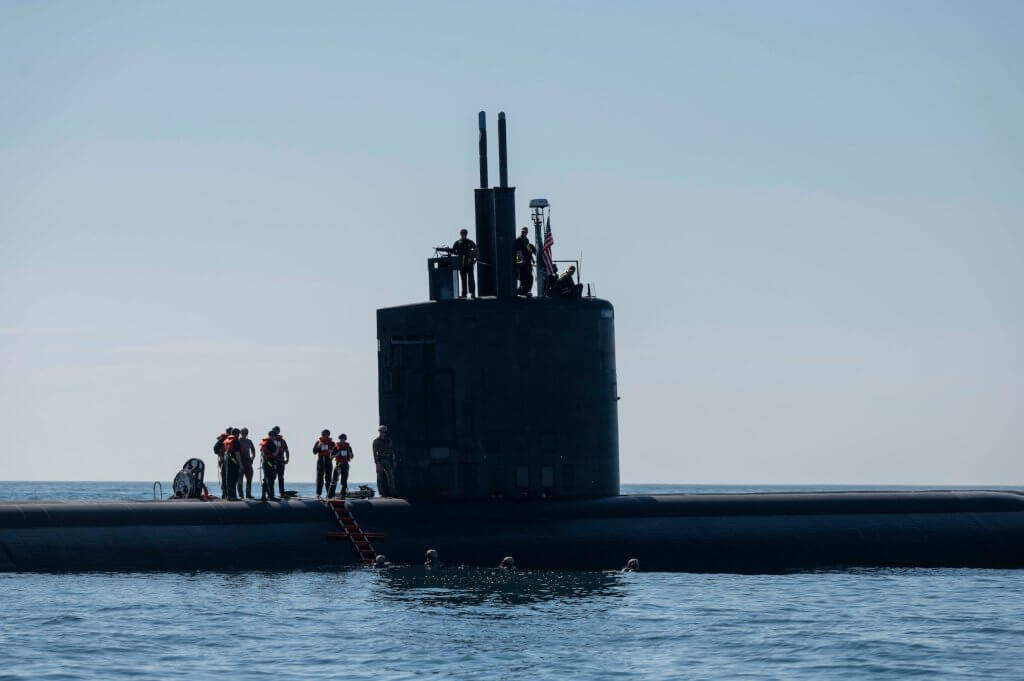
Introduction:
At Americans for a Stronger Navy, we are committed to raising awareness about the importance of maintaining a robust and capable naval force. As global tensions rise, particularly with adversaries like China and Russia, the need for a prepared and lethal U.S. Navy has never been more critical. Recent training exercises conducted by Navy SEALs and the submarine USS Greeneville off the coast of Southern California highlight the innovative strategies and rigorous preparation required to keep our nation secure.
Why This Matters:
This training exercise is not just another drill; it represents a pivotal shift in U.S. naval operations. As the world increasingly focuses on the Indo-Pacific region, where the waters are highly contested, the ability of our naval forces to operate seamlessly in these environments is essential. The collaboration between Naval Special Warfare operators and the submarine force showcases our asymmetric advantage and sends a clear message to potential adversaries: the U.S. Navy is ready and capable of defending American interests.
Why Americans Should Care:
The stakes are high. With global powers like China and Russia actively expanding their military capabilities, particularly in the maritime domain, the U.S. Navy’s preparedness directly impacts our national security. The ability to project power, maintain freedom of navigation, and ensure the safety of global trade routes depends on the readiness of our naval forces. The recent exercises demonstrate that our Navy is not only prepared for traditional warfare but also for high-end conflicts that may arise in contested waters.
Key Training Highlights:
Recent reports, including those from Newsmax, have shined a spotlight on a critical training exercise conducted by Navy SEALs and the USS Greeneville. The SEALs, renowned for their elite capabilities, were dropped into the Pacific Ocean via parachute near the submarine’s position. They then used combat rubber raiding crafts to rendezvous with the submarine, showcasing their ability to execute complex and clandestine missions with precision.
This exercise is particularly significant given the current global context. The integration of special operations forces with submarine capabilities is a clear indication that the U.S. Navy is preparing for potential conflicts where stealth and surprise are paramount. Capt. Blake L. Chaney, Commander of Naval Special Warfare Group 1, emphasized the importance of these exercises, stating that “by synchronizing our operations, activities, and investments, we not only bolster fleet lethality but also provide substantial value in securing access to either denied or contested areas.”
Implications for the Navy:
For the Navy, these exercises underscore the necessity of continued investment in joint interoperability and advanced training. The ability to seamlessly integrate various elements of naval power—submarines, special operations, and air assets—is critical for maintaining a strategic advantage in future conflicts. The lessons learned from these drills will inform future operations, ensuring that the Navy remains a step ahead of potential adversaries.
Conclusion: Promoting a Stronger Navy
At Americans for a Stronger Navy, we believe that a well-prepared Navy is the cornerstone of our national defense. As we continue to advocate for greater support and investment in our naval forces, it is essential to highlight the hard work and dedication of the men and women who serve. The recent exercises involving Navy SEALs and the USS Greeneville are a testament to the Navy’s commitment to excellence and readiness.
We encourage all Americans to stay informed and engaged. Our Navy is strong, but with your support, it can be even stronger. Together, we can ensure that the United States remains a formidable force for peace and security around the world.
